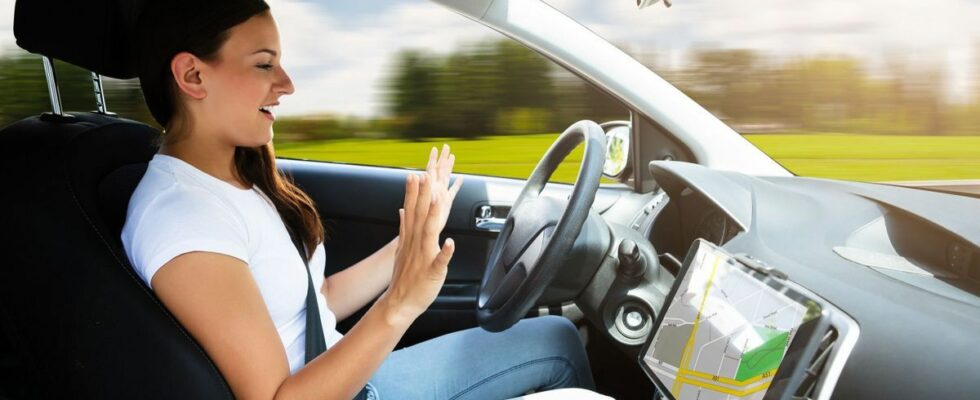Published on
Updated
Reading 2 min.
Any distraction related to screens significantly increases the risk of accidents when driving your car. Busy making a call or changing playlists, the driver pays less attention to what is happening on the road and also sees his reaction times lengthen.
According to the study “Calls, SMS and other distractors: what impact on vigilance at the wheel?” published by Assurance Prévention, the presence of screens in the passenger compartment represents a real danger for the safety of the driver and their passengers. The study was based on a total of more than 8,000 km traveled on a simulator, during which safety distances, emergency braking, lane deviations, eye movements and various reaction times were analyzed. Although the number of participants is relatively small (27), the results of its extensive tests are clear.
For example, it was used to calculate the time spent using different distractors. A distractor is an element that distracts the driver and reduces their concentration, thereby reducing their alertness and impairing their decision-making, and therefore their performance. In the tests conducted as part of this study, these included making and receiving calls or text messages, managing music with searching for playlists or radio stations, setting up the GPS, etc. It should be noted that the telephone is the only device that combines the four sources of distraction (visual, cognitive, auditory and physical) that can distract a driver.
It turns out that dialing a phone number while driving requires 35 seconds of cumulative attention, with the driver’s gaze alternating between the road and the screen. However, this has an impact on the drivers’ trajectory, multiplying by 13 the time spent making lane deviations. In normal conditions, drivers are constantly making micro-corrections to their trajectory, but with the use of a distractor, each deviation has a greater amplitude, sometimes going as far as changing lanes.
Even more worrying, the use of screens removes almost all safety checks (rearview mirrors and dashboard), with drivers limiting themselves to going back and forth between the screen and the road. In an emergency, it has been shown that the use of a distractor increases drivers’ reaction time by more than 60%, which can obviously have dramatic consequences, whether in the event of braking or avoiding an obstacle. It goes from 1.25 seconds on average in a normal driving situation to 2 seconds with a distractor.
According to the National Interministerial Road Safety Observatory (ONISR), lapses in attention were noted in a driver in 23% of bodily injury accidents in 2022. They cost the lives of 431 people in France that same year.
This scientific study was conducted by the Calyxis risk expertise center of Assurance Prévention, between April 16 and 25, 2024, on Develter Innovation simulators with 27 volunteer subjects, aged 21 to 73, drivers and regular users of digital devices while driving. The average test time was three hours per participant, on a simulator, with each time three 3 driving courses of around a hundred kilometers in heavy traffic on the highway, with a touch screen placed to the right of the steering wheel. In each course, the number of distractors imposed is different.
